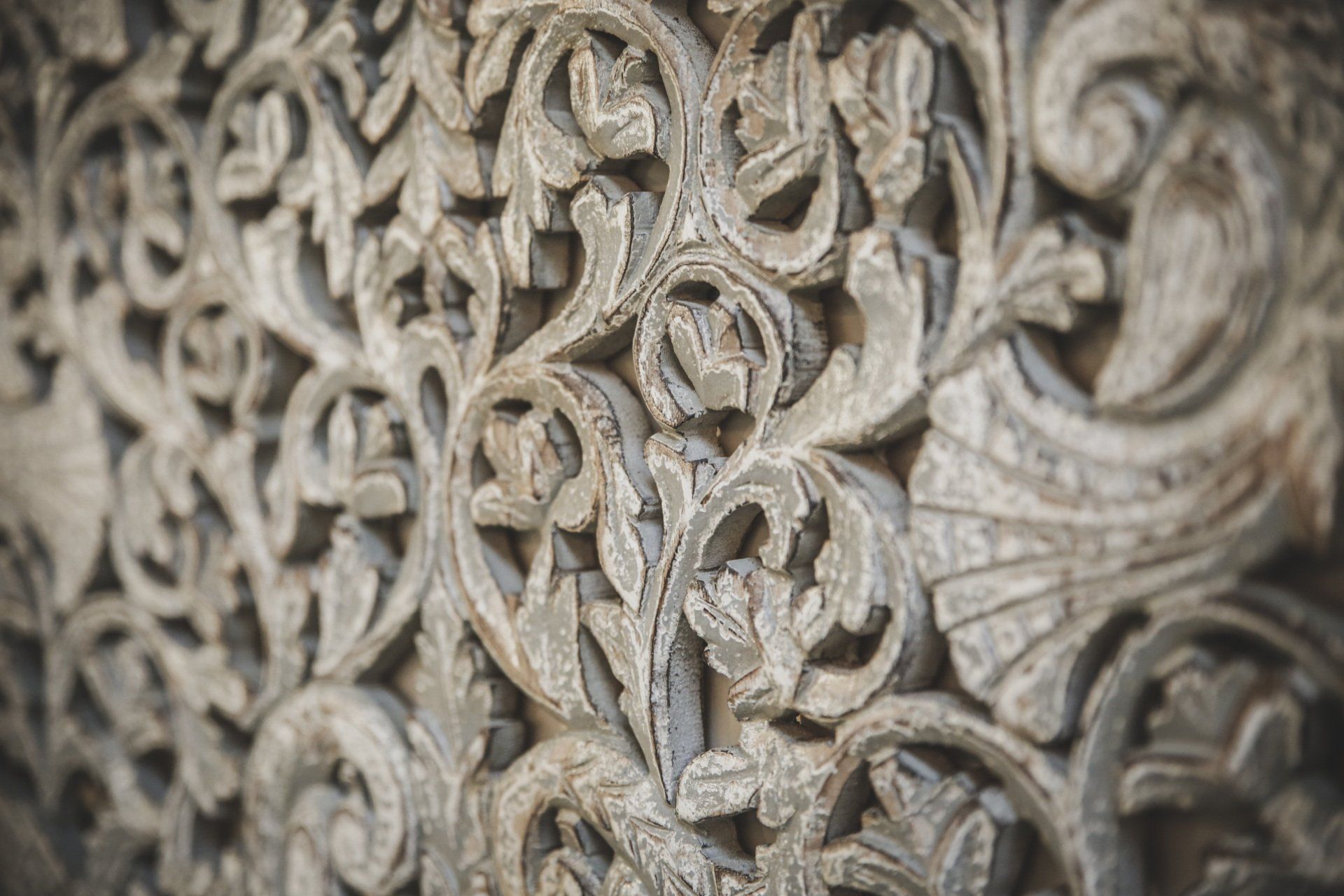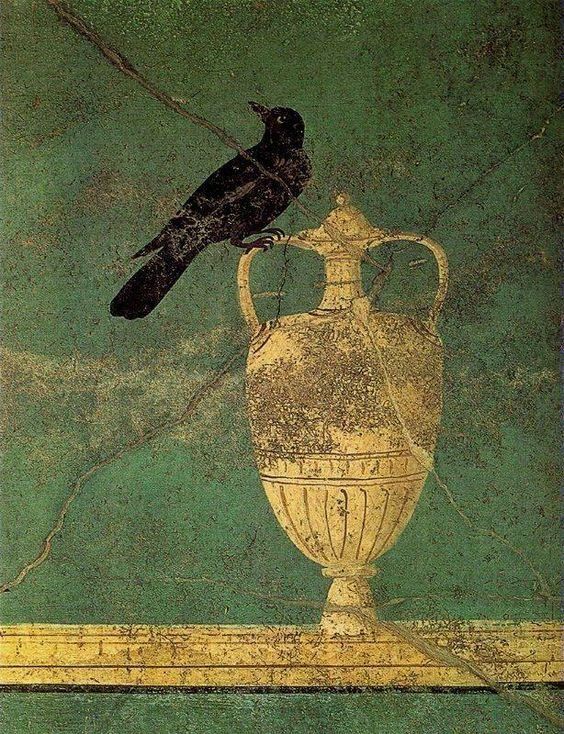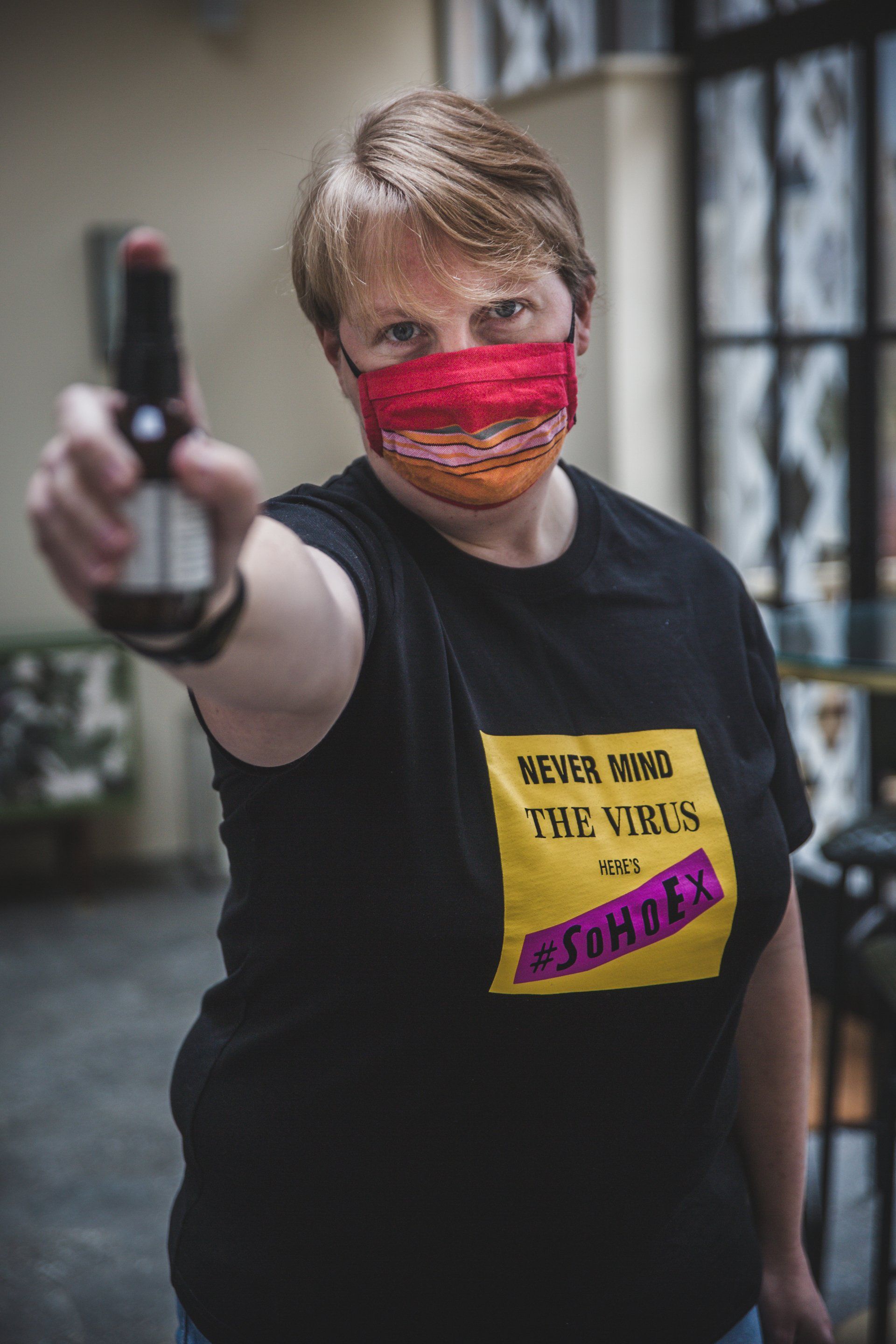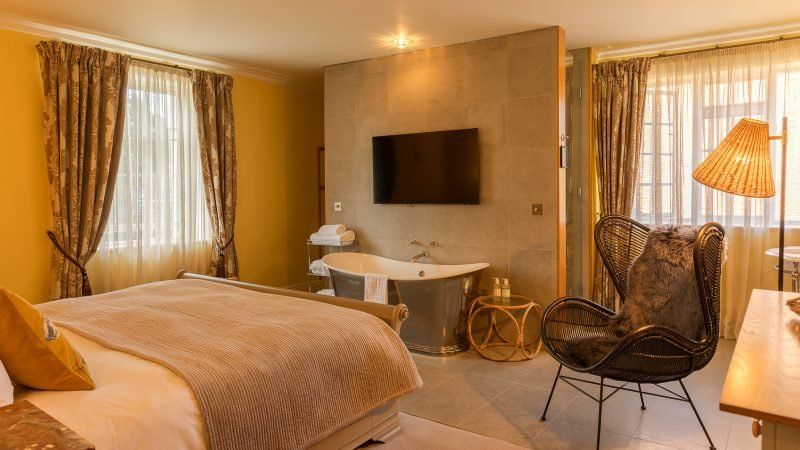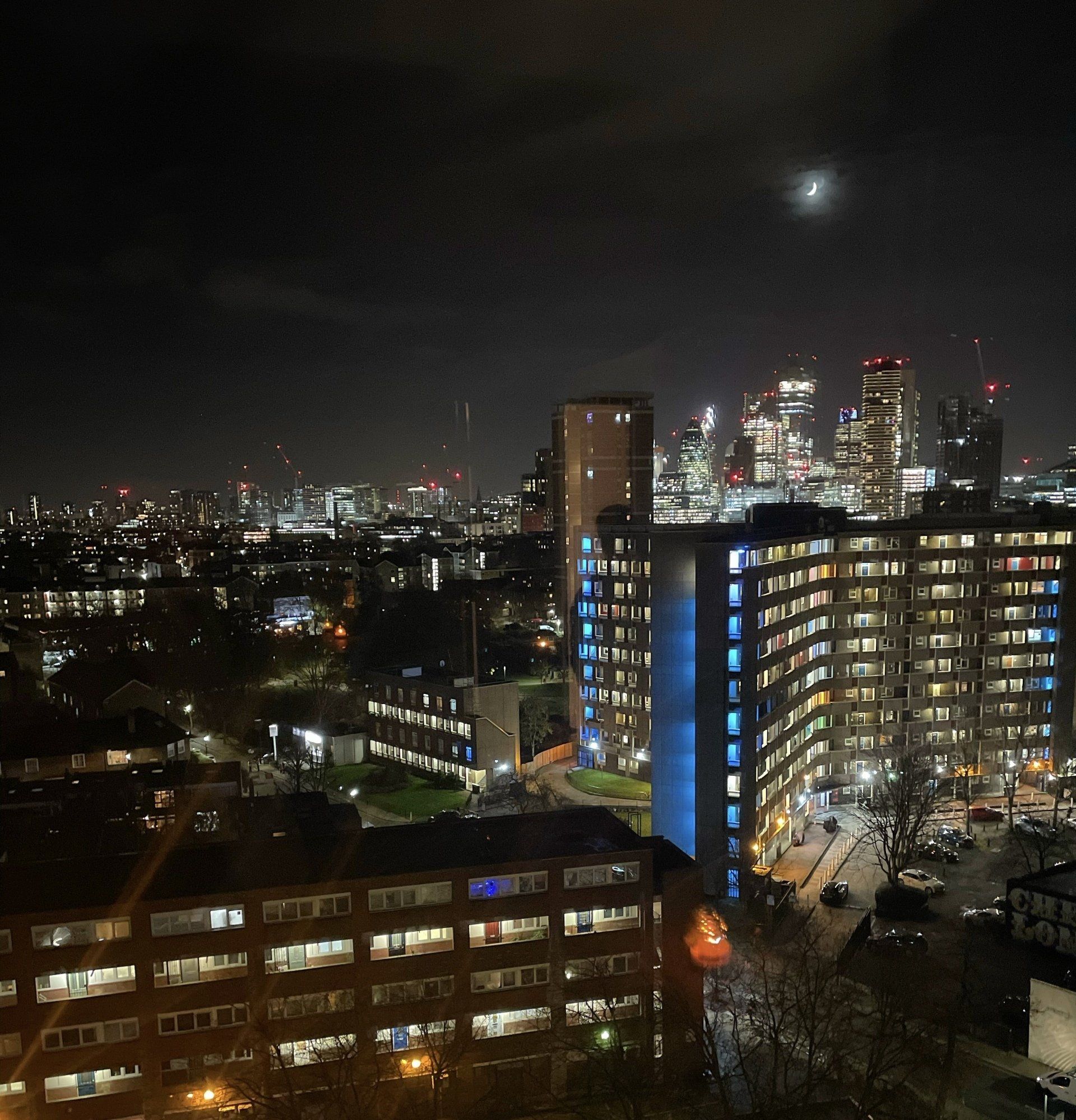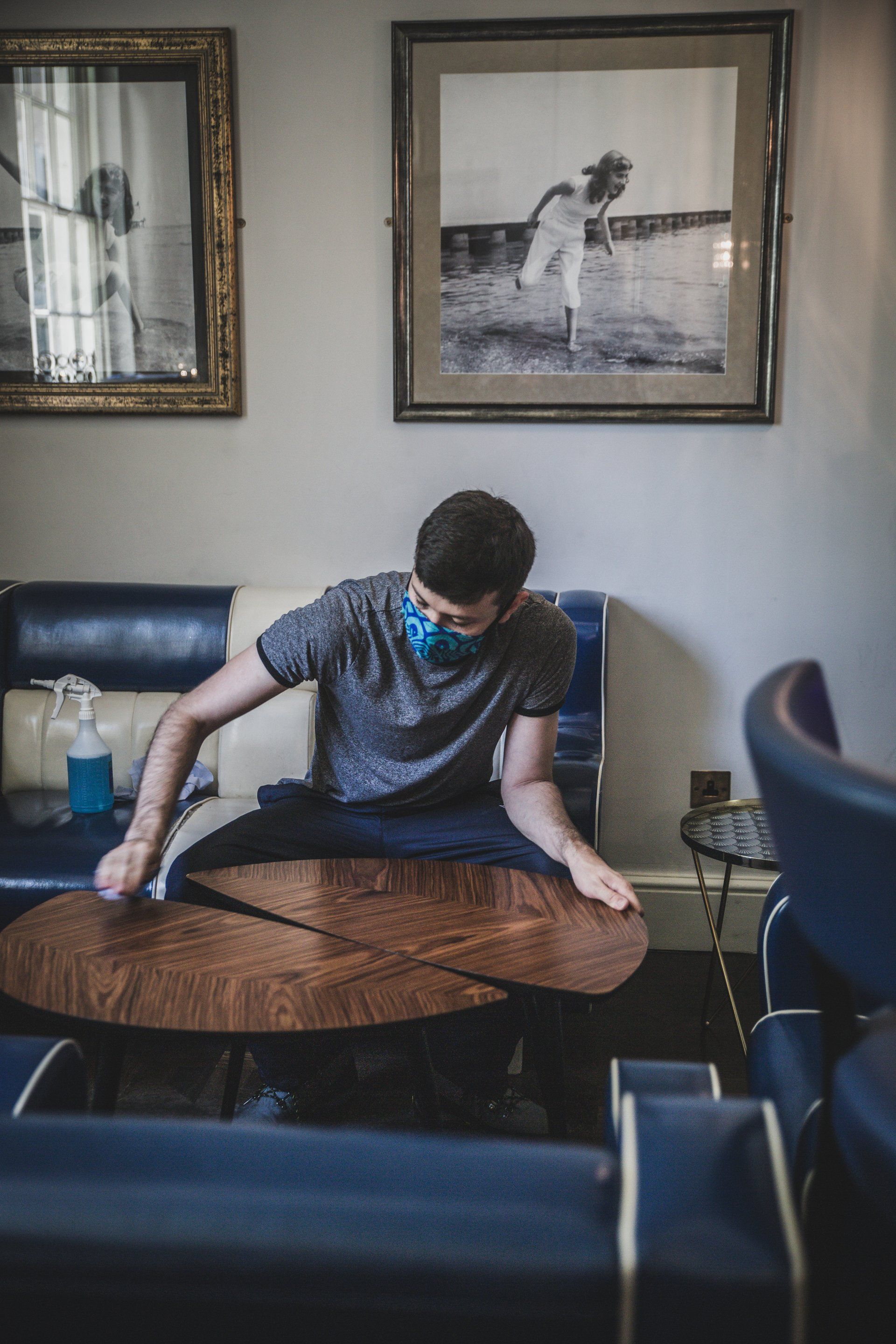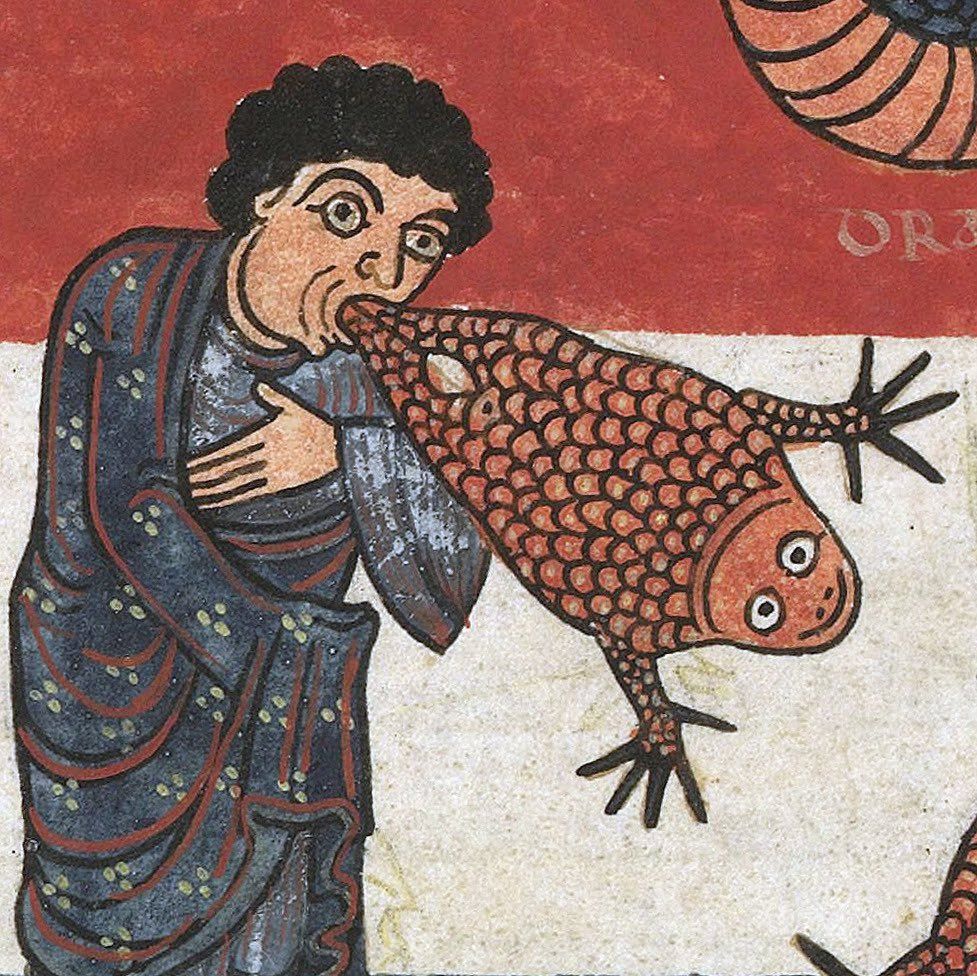
CONTACT
Tel: 01392 439 000
Email: home@southernhayhouse.com
Southernhay House Hotel
36 Southernhay East
Exeter, EX1 1NX
Every Face tells a Story
The art at SH has been selected to tell the history of the House through the eyes of its first owner, William Kirkpatrick, and to complement the eclectic and quirky style of the hotel. While its all got to look cool and sexy, our higher aim is to wrap you in a narrative that feels positive, interesting, off-beat and purposeful. At SH, I want you to feel connections in everything: the history of the building, its inhabitants, its place in the City and simply people that have intrigued us. The pictures are a starting point for conversations.
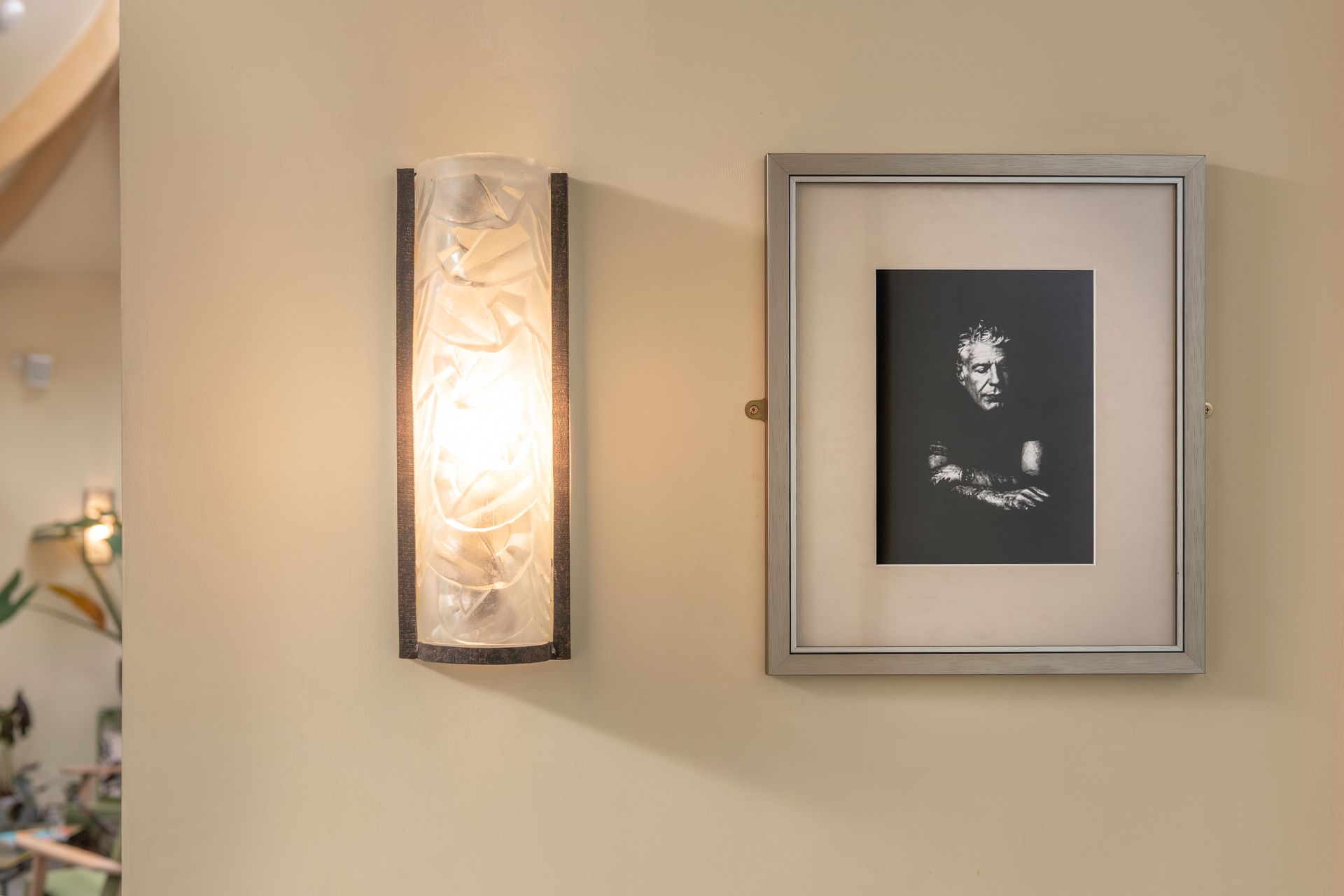
Here’s a quick walk through the main characters downstairs:
The Bar:
At the entrance, a young David Bowie and Barbra Streisand (this latter, taken by Cecil Beaton), both off-beat 20th century icons. A recent addition, Nina Simone in her early 'black panther' fierce-ness.
In the snug: random 60s starlets, specifically chosen as anonymous. Because you don’t have to be famous to be on the wall at SH (or to work here, lol). I wanted to make the point that a picture can make everyone - anyone - interesting. And that the photographer, always unseen, is as important as the subject. It’s not dissimilar to what we do with hospitality.
From the Wine Rack to the right of the Bar:
Norma Jean (young Marilyn Monroe) specifically before she was famous. Babe Payley (a New York socialite and friend of Truman Capote in the ‘40s) photographed by Horst P Horst Studio; one of the most famous pre and post war studios. Above Babe, another anon male starlet, and to the right, young Marianne Faithful. My favourite beautiful boy Yuri Gagarin (the 1st astronaut in space, 1961) the script below loosely reads: “from the bird Sputnik, the planet earth looks beautiful”. The poster itself was bought in a Moscow flea market in 1989. By the entrance to the Club Room, Ali McGraw (photographed by David Bailey). The woman hugging her knees who looks like a young Ava Gardener is not her; she’s another unknown starlet. British stage actress Joan Plowright has the cute pixie cut (below another unknown starlet). Everyone loves the sexy unknown beach starlet with adoring foot fetishist above whom is Gig Young, a “second-lead” actor of some flamboyance: sadly, best known for killing his wife and then himself, after a lifetime of disappointment, alcohol and drug use.
Note the inscriptions behind the bar: on the right “I’d rather live a day as a tiger than a lifetime as a sheep”, an aphorism ascribed to Tipu Sultan (the “Tiger of Mysore”) a powerful Mogul warrior and thorn in the side of the East India Company, with whom our Kirkpatrick was rather obsessed, and whose letters he transcribed and published after Tipu’s death, in 1799. On the left, an excerpt from a letter written by Kirkpatrick to his close friend John Kennaway. The Kennaway family home was (and still is) Escot House, just outside Exeter (bought in 1794 for £26,000) and it’s thought this relationship was the reason Kirkpatrick chose to make Exeter his home.
The Green Room:
Starting by the entrance, from right: Anthony Bourdain, ironically the only hospitality professional commemorated on the walls of SH. To the left, the current cover of Time Magazine, featuring President Zelesky and 'the spirit of Ukraine'. Having welcomed several refugees to Team SH, I can confirm this spirit is alive and kicking. Anne Bancroft and Dustin Hoffman give iconic pose in a publicity shot for “The Graduate”. An antique Indian wall relief casts shadows and gives texture, relating to the garden behind. The Original Blade Runner poster picks up an Art Deco vibe. By the wood burner, Mick Jagger above, Nico below (most of you won’t have heard of the Andy Warhol muse and signer in The Velvet Underground, but you know her work). The wall lights are original Art Deco, from my time at Burgh Island. A saturnine Richard Burton broods on your way out.
The Club Room:
Starting by the door, from the left: a young Gladys Cooper (again, before she was famous; this was a screen test). You may not have heard of her, but Gladys is far from anonymous. She had a long career on stage and screen, as actor and producer throughout the first part of the last century, shifting from the comfortable English middle classes to Hollywood in 1940 and moving easily from ingenue to character as she aged. Apollo and Diana on the sideboard (repro Victorian busts) set the 19th century “Club Room” tone. To the right, a poster for “Delayed Gratification” - a quarterly “slow news” publication, well worth looking up/out for/subscribing to. This is a limited edition print by contemporary artist Shepard Fairey for the first edition of DG. The mirror over the fireplace is heavy duty Austro-Hungarian Empire kitsch, while Prunella, the stuffed pigeon on a unicycle to its right, reflects the Victorian-noir-steam-punk vibe of the room. Josephine Baker is here as a tribute to the roaring 20s (she’s ex-Burgh Island, again) and to her importance in chipping away at racial barriers and ingrained prejudice. Jo Baker’s life and journey from New York to Paris can be seen as the mirror image of Gladys' journey in the opposite direction. Our butterflies are genuinely old but the label attributing them to Kitty Kirkpatrick (a real person - William’s niece, who he brought up in this house) is a flight of fancy. The 1950s Wallpaper design “Teatro” is by Italian graphic designer Piero Fornasetti.
Reception:
Most of this room is dedicated to William Kirkpatrick and 1805: the year of the Battle of Trafalgar. Kirky wasn’t involved in Trafalgar, but Exeter was a key staging post for the messenger who brought news of victory back to Westminster and there’s a stone commemorating this outside the Council Offices. The immediate significance of 1805 is that this was the year SH was finished, and Kirkpatrick moved in.
Facing the entrance door, to your left: limited edition stamps commemorating Admiral Lord Nelson and a reproduction of the “scrolling map” of the route into Exeter from Bristol. Travel maps used to be illustrated like this, on a long vellum scroll that was wound up and unrolled as needed. A fleet manifest from the Battle of Trafalgar hangs next to illustrated manoeuvres from the Battle and more stamps. I was intrigued to find an original print of Kirkpatrick’s map of Nepal; he was apparently the first Westerner to enter the country. Kirkpatrick’s nickname - “the Orientalist” reflects, in particular, his expertise in native South Indian dialects which was crucial to the East India Company. Over the mantelpiece hangs Kirky himself; this is a reproduction of the original portrait which hangs in the National Portrait Gallery in Dublin. For good measure, Kirkpatrick is accompanied by two unknown officers (who survived) the Battle of Waterloo. Three small etchings finish the history tour: a map of Exeter in 1805, the Cathedral from the same folio and a depiction of the local Bath House - a reminder that there was no domestic water or sanitation in Exeter until at least the 1830s, and the swanky Georgian residents of Southernhay would all have had to visit the Bath House daily.
The Entrance/Corridor:
At the foot of the stairs: Oscar Wilde - why not; there’s the Bodmin Moor connection and he’s an absolute alternative hero, also commemorated in our Opium Room, in Aubrey Beardsley’s illustrations of his work. Oscar hangs above a poster from Art Week 2016; SH was an early sponsor of all things arty in Exeter and I still like to keep an eye on this scene. Halfway up the stairs, butterflies and case from the RAMM collection, with an installation of “fly away” naturalist book pages. Back on the corridor, first on your right, a young Thomas Paine, the English born, US naturalised political thinker who was an ardent supporter of American Independence and anti-slavery. It wasn’t only the Battle of Trafalgar going down around this time; the French revolution (1789) had sparked all sorts of ideas around equality and the rest, which contrasted markedly with the prevailing English aristo/Empire loving classes (although I give Kirkpatrick and his intellectual crew credit for being more liberal in their views than the board brush of history might paint). Anyway, Paine wrote, amongst other things, “The Rights of Man” (1791) which was an absolute flashpoint and would have got him arrested if he hadn’t already been halfway to France by the time Parliament banned the book and ordered his arrest for inciting “bloody revolution”. This pamphlet was blatantly in favour of republicanism, popular education, relief for the poor, income tax – you get it; the English ruling classes were having none of that. At the entrance to the ladies’ loos is an etching by William Blake: “Europe supported by Africa and America”. Contrary to its immediate impact, this is very much not a racist trope, see here. In the gents’ loo lurks the Prince Regent, later George IV, reflecting the period of the house’s first occupation and the English ruling class made flesh. In the ladies’ loos is the frontispiece for “A Vindication of the Rights of Woman” (1792) by Mary Wollstonecraft (illustrated by the same William Blake). This book was a riposte to Thomas Paine’s pamphlet, whose revolutionary zeal omitted to mention women – and to various threads of philosophy around the French Revolution, which sidelined half the population, although as we know adopted bare-breasted Marianne as it’s symbol, quelle surprise, comment français!
Private Dining Room:
From the left: a large antique Indian sideboard in need of some repair. Above this, original CoD (Cash on Delivery) receipts from the spice trade with India during the Empire - you can imagine the Indian clerks embellishing these in their free time and competing for the fanciest illustration. The next two portraits are unknown couples but intended to symbolise both Kirkpatrick’s relationship with an Indian woman (as well as his thing for John Kennaway, he had an English wife too) and, interestingly, his brother James. James Achilles Kirkpatrick was seduced by Indo-Persian culture when he was posted to the court of the Nizam of Hyderabad. James fell in love with a beautiful Hyderbadi noblewoman called Khair-un-Nissa. Reader, he married her - which meant converting to Islam and fully adopting the culture. This was unique in the East India Company at the time; English officers never went legit. Kitty Kirkpatrick of the butterflies was their daughter, also a beauty, who returned to live with her uncle after her dad’s death and “passed” as English, being baptised in 1805 at the age of 3. Kitty married into the Kennaway family in 1829, well after her uncle’s death - it’s nice to think of the happy and public union between the two families at last (and it was, apparently, a very happy marriage). The gorgeous swooning woman on the far right of the windows might well be Kitty’s mother, Khair-un-Nissa herself…. . The statues are original 19th century wedding statues. To complete the SH circle, as a representative of both the East India Company and the Nizam of Hyderbad, James was present at the aftermath of the Battle of Seringapatam, where Tipu Sultan met his death in 1799. James took the philosophical letters of Tipu Sultan (who was something of a Sufi mystic as well as warrior) from his tent and passed these to his brother, William. James died in Calcutta in – you guessed it – 1805.
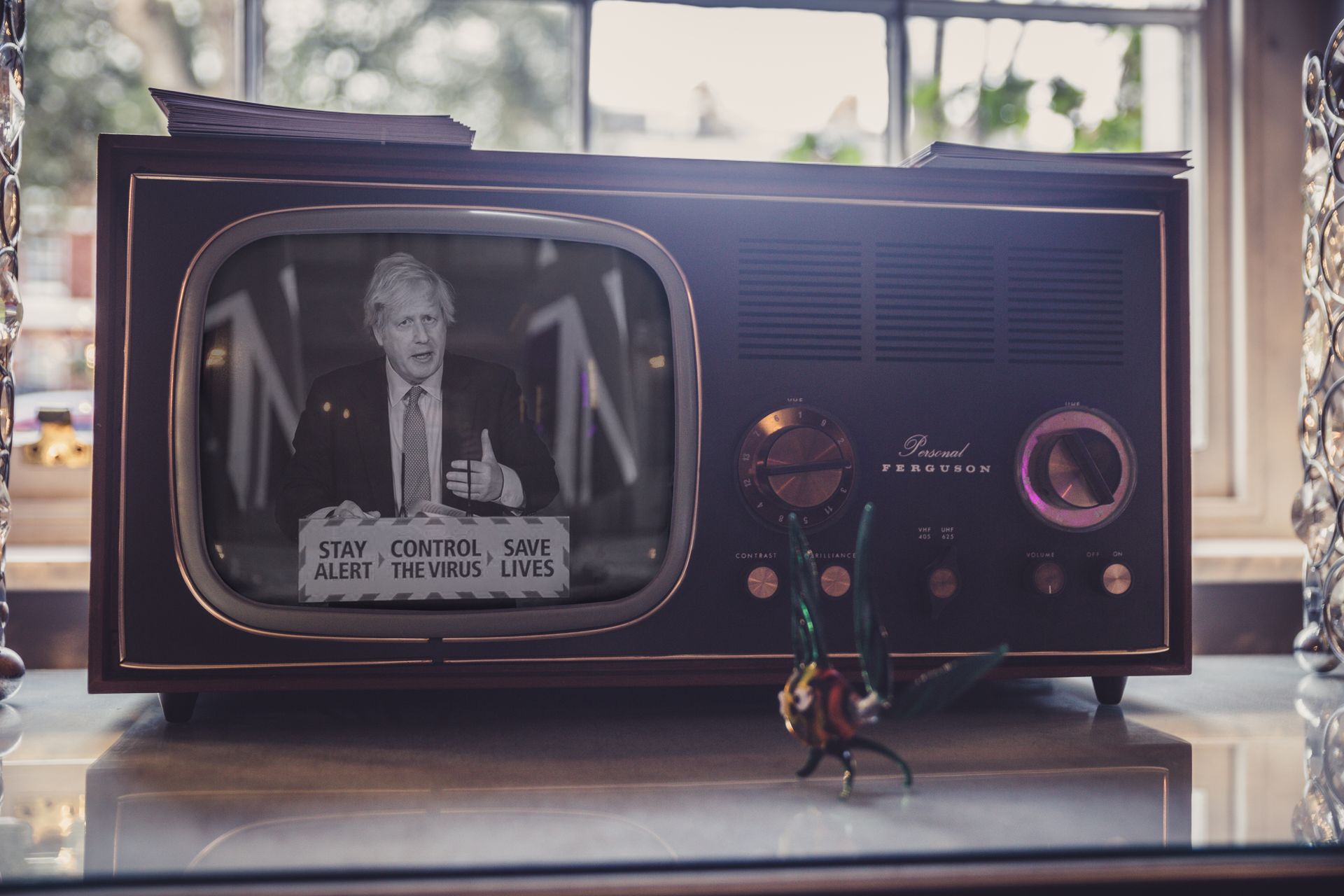
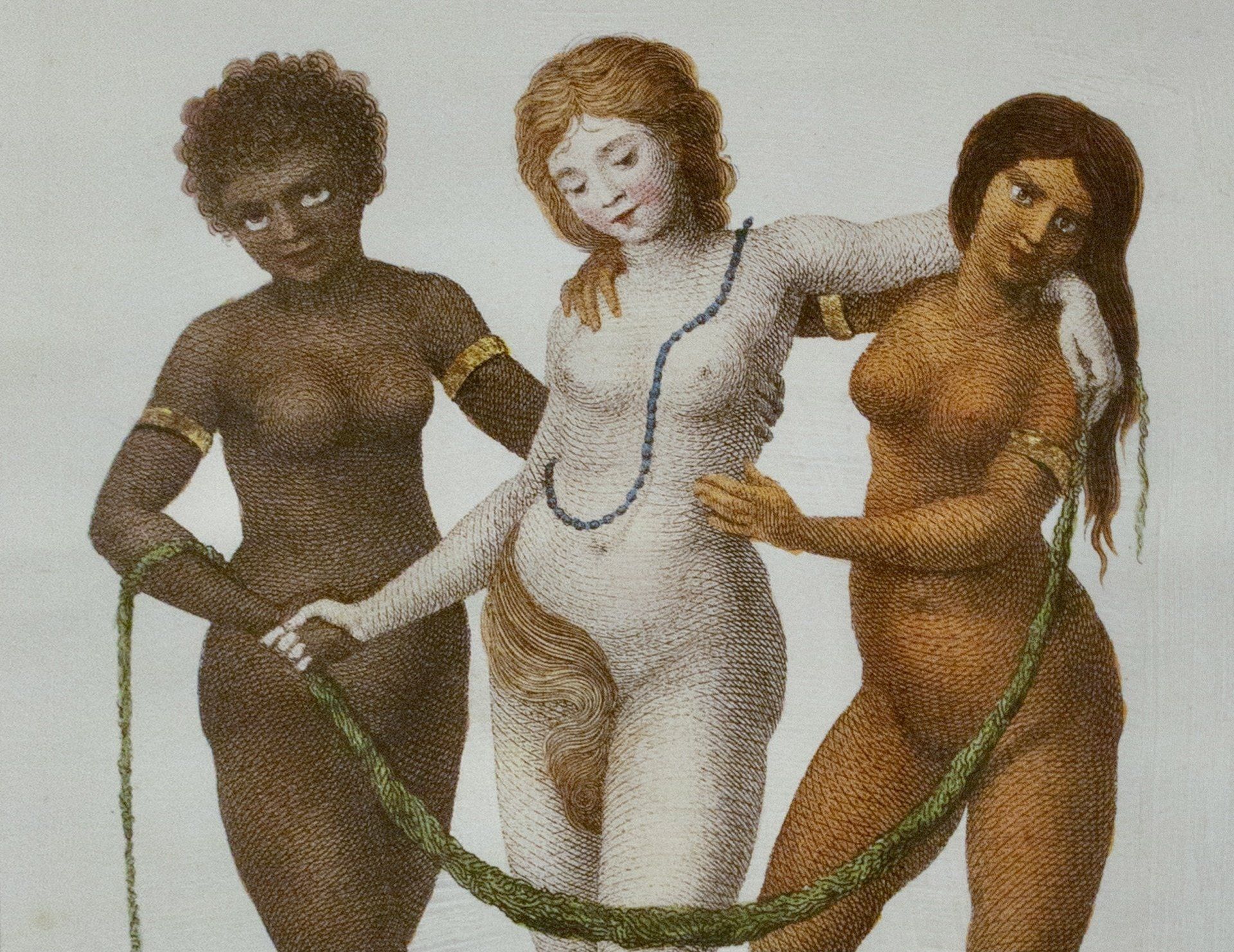
We are Open!
- Monday
- -
- Tuesday
- -
- Wednesday
- -
- Thursday
- -
- Friday
- -
- Saturday
- -
- Sunday
- -
Subscribe for the latest news and events
Subscribe to Get Our Special Offers
Thanks for subscribing. You'll be the first to hear about new items and special offers.
Please try again later.
All Rights Reserved | Southernhay House Hotel Limited
DESIGN by Initiate Creative
